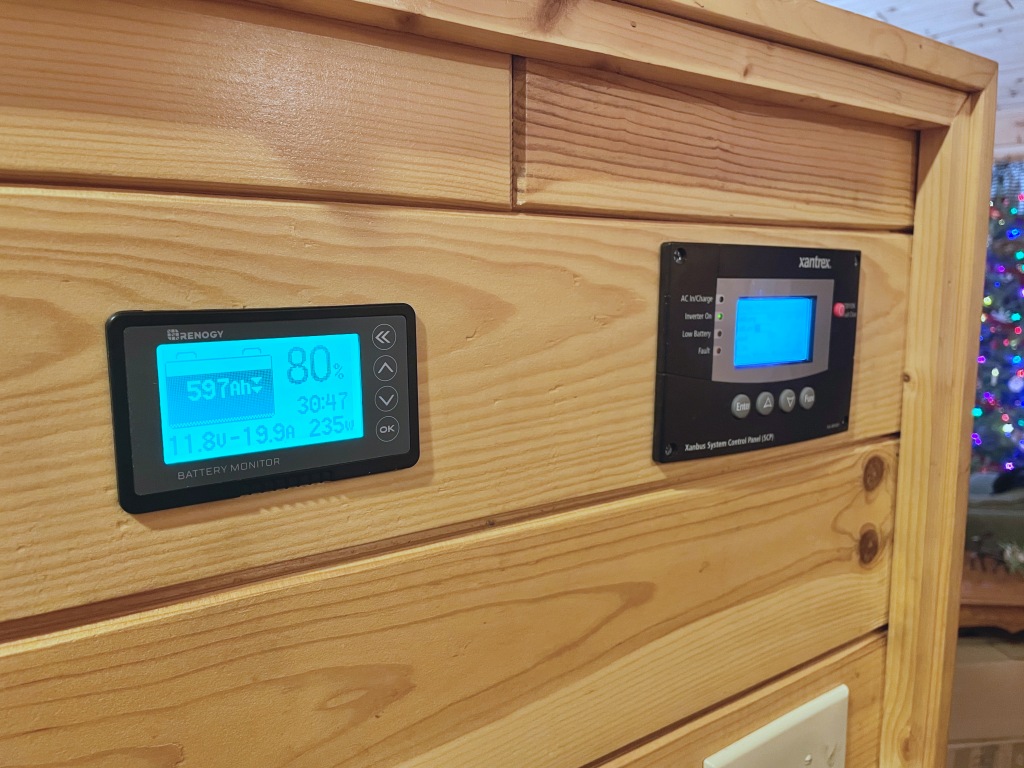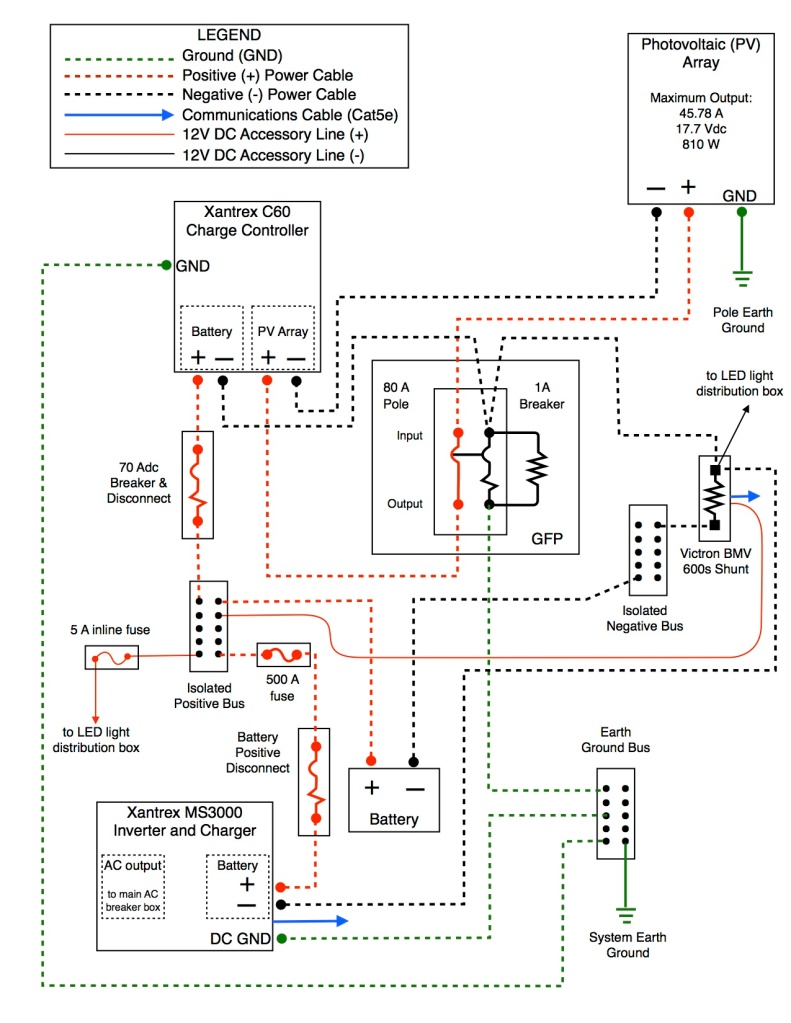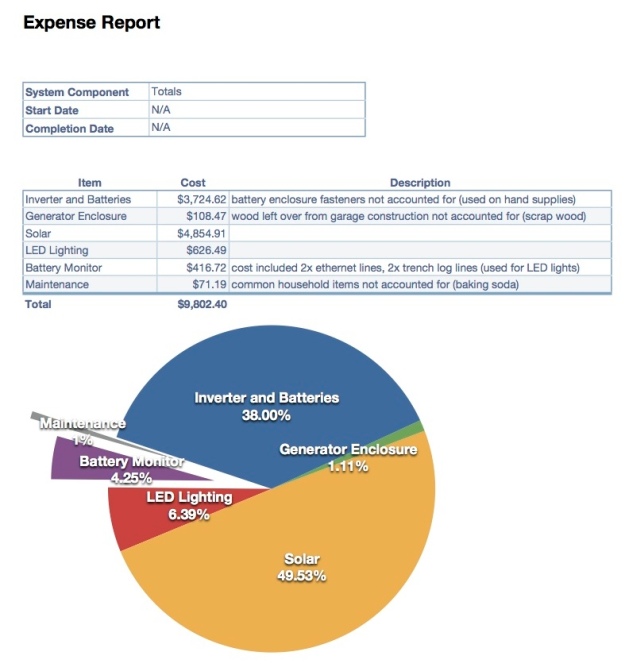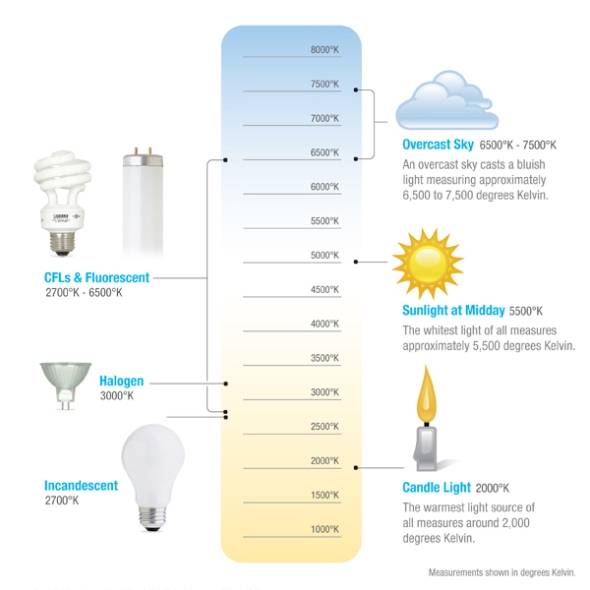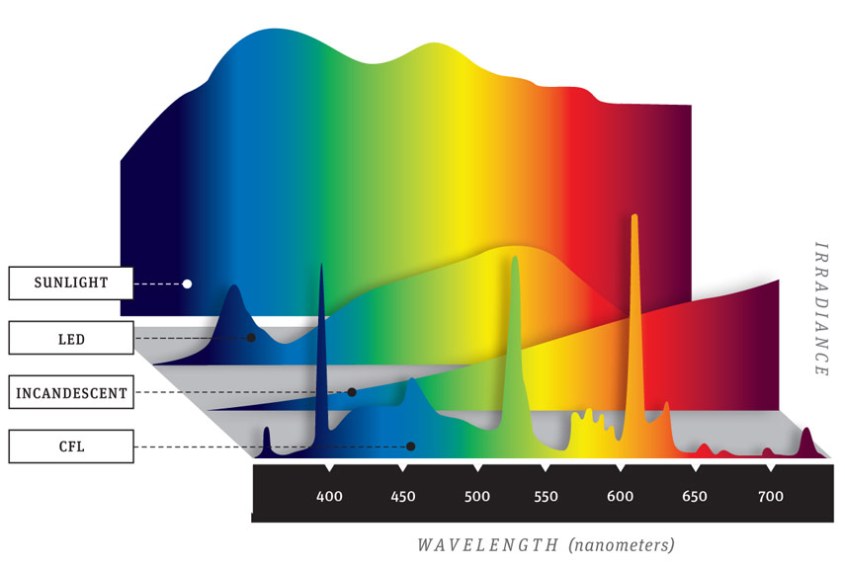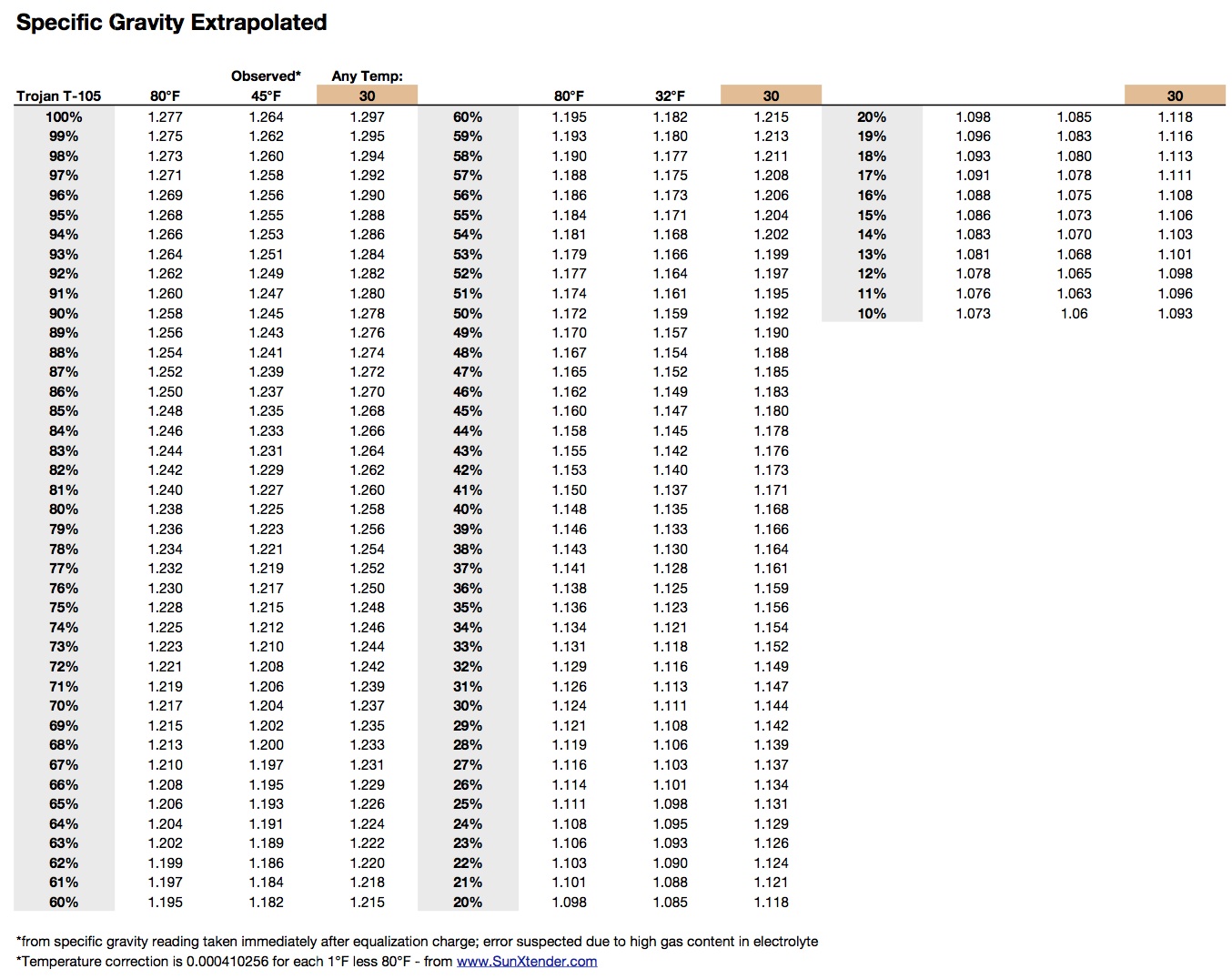1.28.2021 – Thursday
My time using Victron Battery monitors is over.
A brief history:
- July 2011: the first battery monitor was installed. A Victron BMV-600s.
- May 2014: upgraded to a Victron BMV-702
- January 2020: added a temperature sensor
- January 2020: added a bluetooth module for iOS app compatibility
All along we have had several accuracy issues. The monitor would perform normally for a few hours and then it would be incredibly unreliable. Ultimately, the only useful bit of information it could report was voltage. I pored over the settings and made adjustments, updated software, and even the wiring was checked and redone. No luck.
After over 9 years my long term testing is done and I can say with certainty I would not recommend a Victron battery monitor. The two I still have aren’t for sale (or free for that matter) because I can’t in good conscious give away an inferior product that I wouldn’t use myself.
In this new post-Victron battery monitor world the Ol’man and I tried something new: a pair of generic battery monitors. The model I selected is the bayite DC 6.5-100V 0-100A LCD Display Digital Current Voltage Power Energy Meter Multimeter Ammeter Voltmeter with 100A Current Shunt from amazon.com
Specifications:
- Working voltage: DC 6.5 ~ 100V
- Measuring Accuracy: 1%
- Power Consumption: 0.2W
- Measurement speed: 2 times/s
- The blue backlight can be turned on/off manually
- Test Range and Display format:
- Active Power range: 0~10kW
- Energy range: 0~9999kWh
- Voltage range: DC 6.5~100V
- Current range: 0~ 100A
Pretty basic specs. I purchased two and installed them in the garage. The are affixed to the wall with that really awesome outdoor velcro made by 3M that goes by the trade name: Dual Lock Reclosable Fastener.
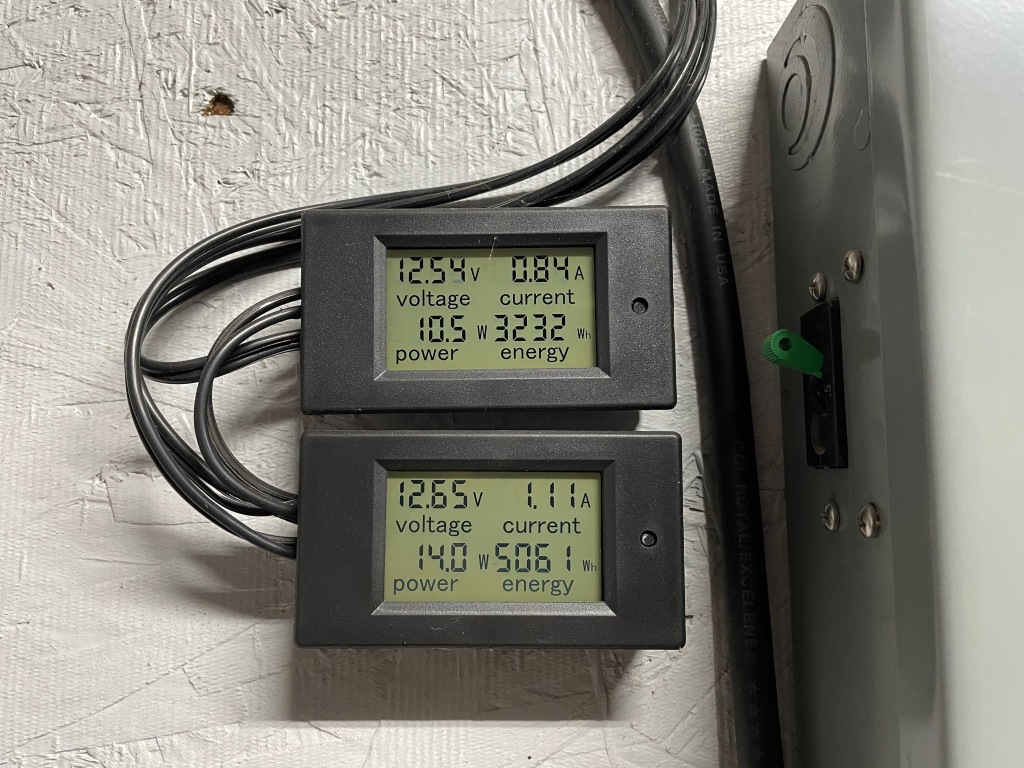
The top monitor records information for the 12V accessory system at the cabin (cellular booster, 12V motion lights, cabin phone charging station) and the bottom records the solar energy generated from our 810 Watts of PV array. So far after half a year of use, these two $16 monitors have proven accurate and reliable. One advantage, and something the Ol’man and I both took a liking to is the ability to see four values at one time; Volts, Amps, Watts, and Watt hours. With our previous battery monitor, only one value was visible, and manual input via a tiny stiff button was required to glimpse additional values. Here is the full user manual for these two garage battery monitors.
With the success of the two new monitors in the garage my attention was turned toward the cabin. The search for a Victron upgrade began and ended in about 30 minutes. The clear winner was a unit from Renogy and it came in around a reasonable $100. It has a much shorter User Manual than the Victron and displays all the important information at once. Specifications:

The wiring was a bit of a challenge and took about 3 hours to test and verify. I was sure glad I brought a multimeter to the cabin to test continuity or else I would have gone mad. The solid core ethernet cable could be stripped and inserted in to the five pin connector. The fit was good and once shrink tube was applied over the connection it produced a sound cable. I built several cables this way.

The 5-pin to ethernet adapter cables allowed the existing buried ethernet cable to be used for the new monitor. The original layout and design of the system allowed for these additions to be easily integrated.
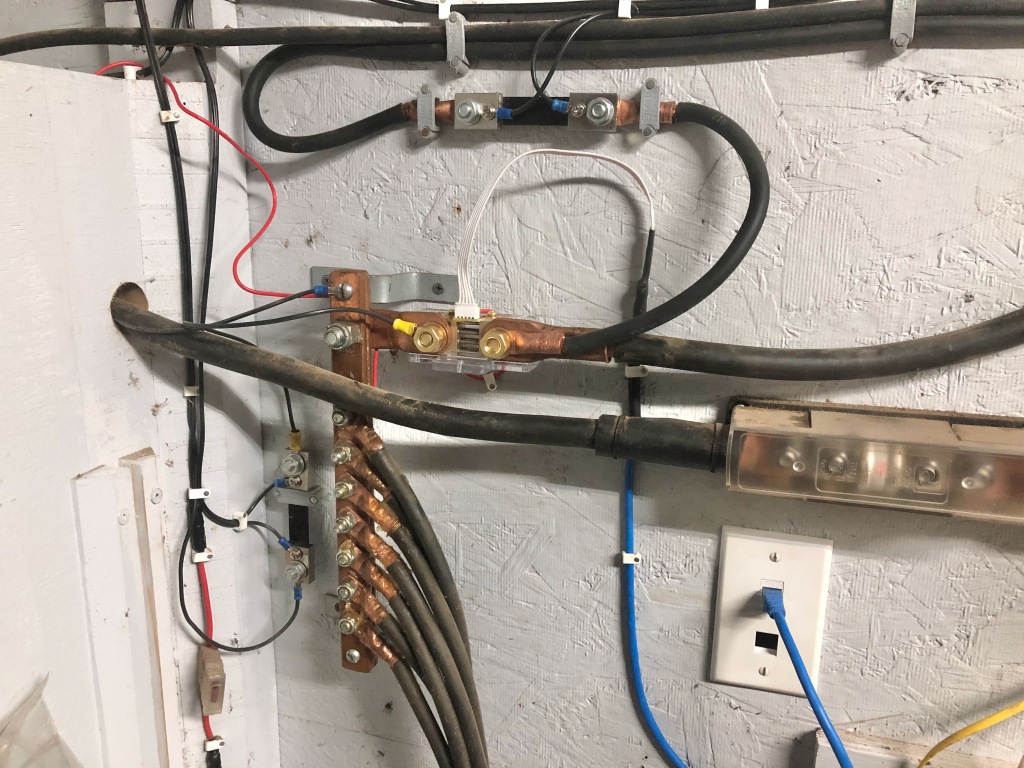
The screen is intuitive and displays a lot of information at a glance. The bottom of the screen shows voltage, amps, watts. The time on the right side can mean one of two values depending on the battery icon: time to full charge or time until battery depleted. The battery icon has two small triangles that will point up if the batteries are being charged, or down if the battery is being under draw.
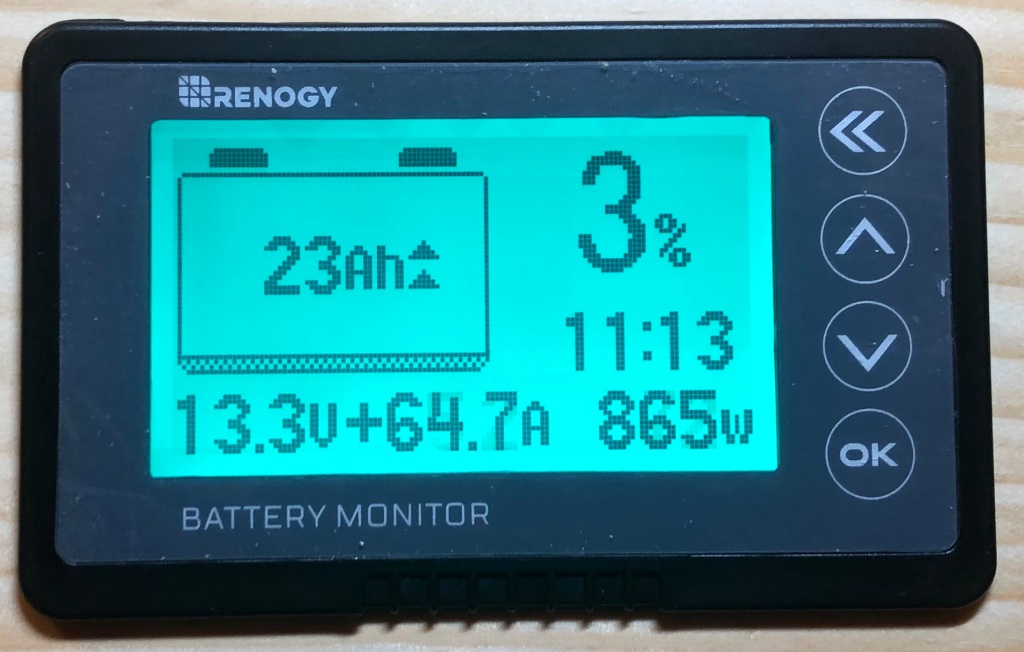
But wait! There is one more thing! Because the display shows all this information at a glance and we have wifi connected surveillance at the cabin, remote monitoring of the off grid system is now possible.
The camera holder simple and adjustable. It is just three elm boards drilled and threaded for 3/8″ rod with slots cut in two for adjustability. The boards are finished in shellac with self adhesive cork applied on the surfaces that contact the half wall.

Below is an image from the Blink camera. The camera is positioned at the correct distance for the auto exposure to adjust to the backlight and produce an easily readable image.

After a month of service it was decided the Renogy is here to stay. The temporary faceplate I made was discarded and the battery monitor was carefully hand fit into the wall.
